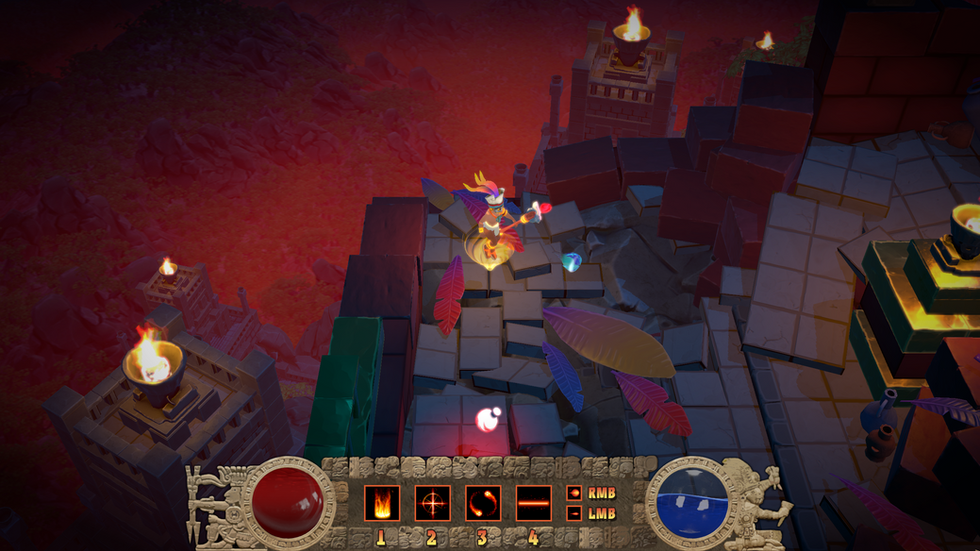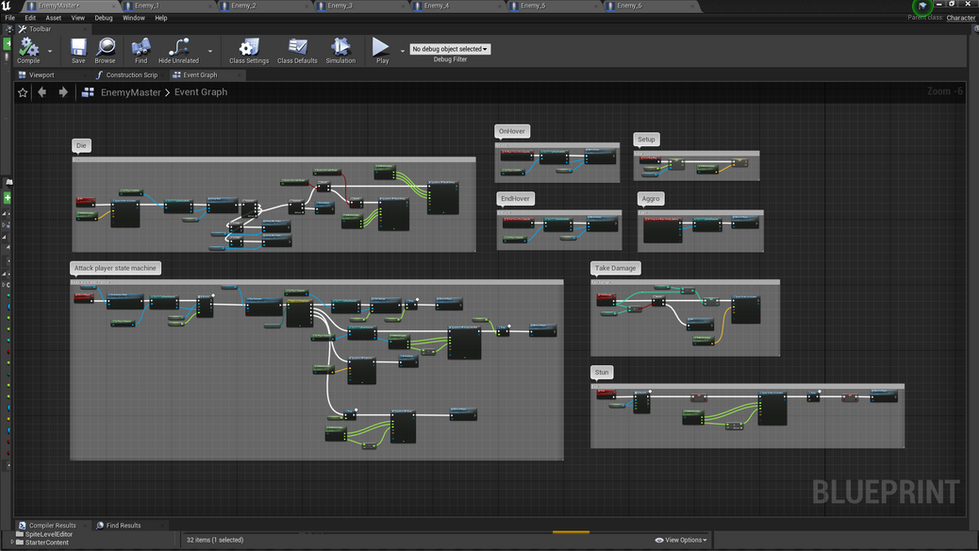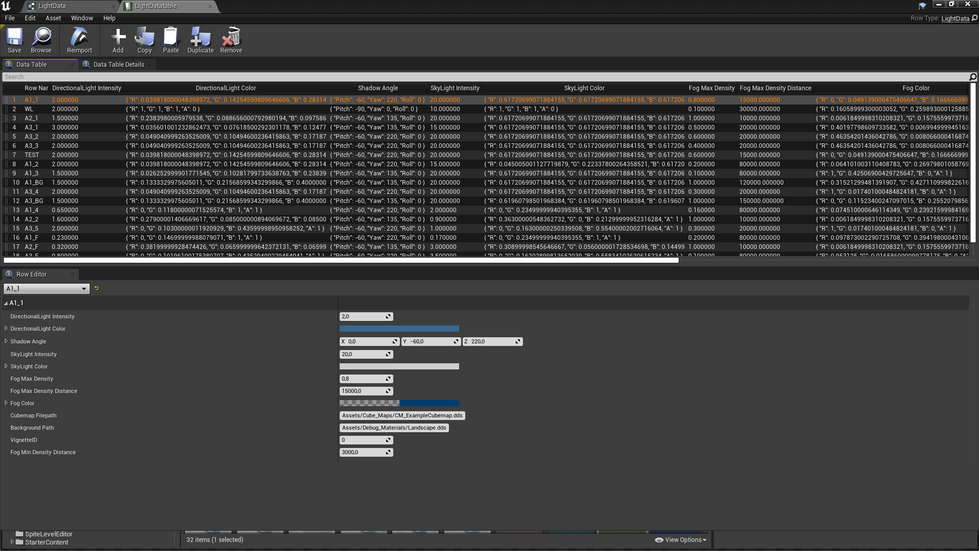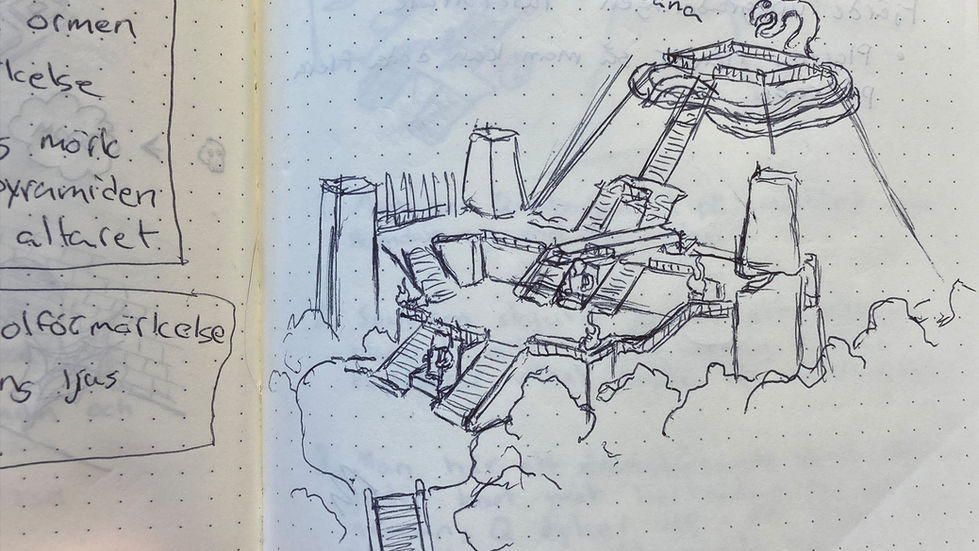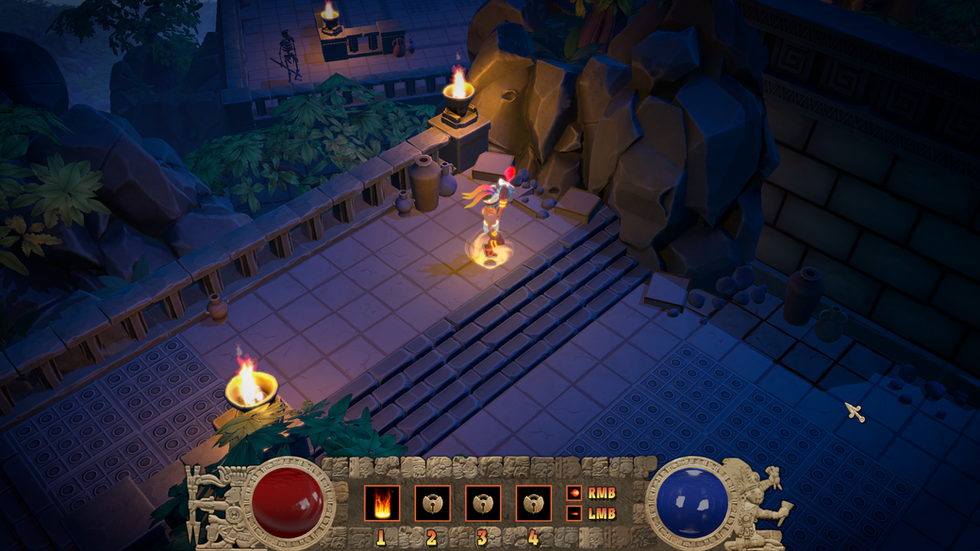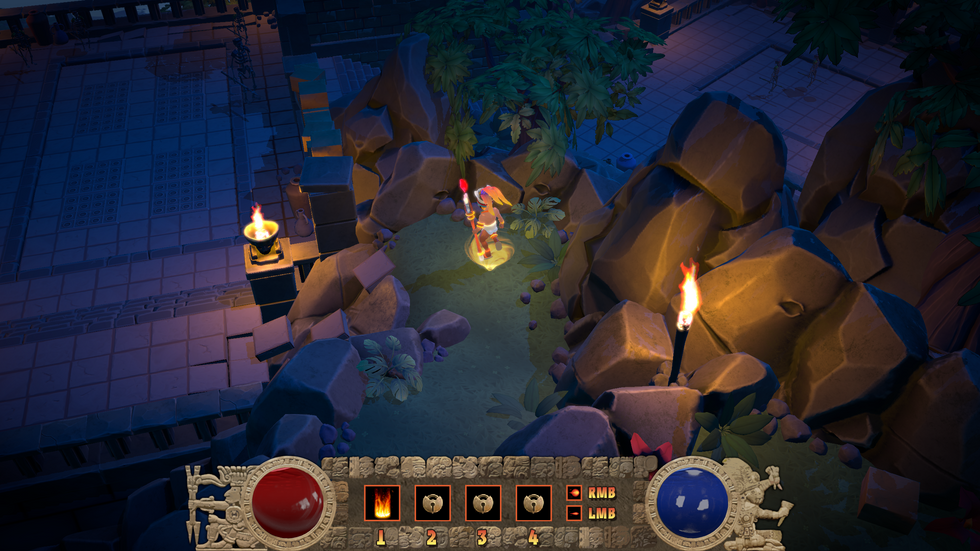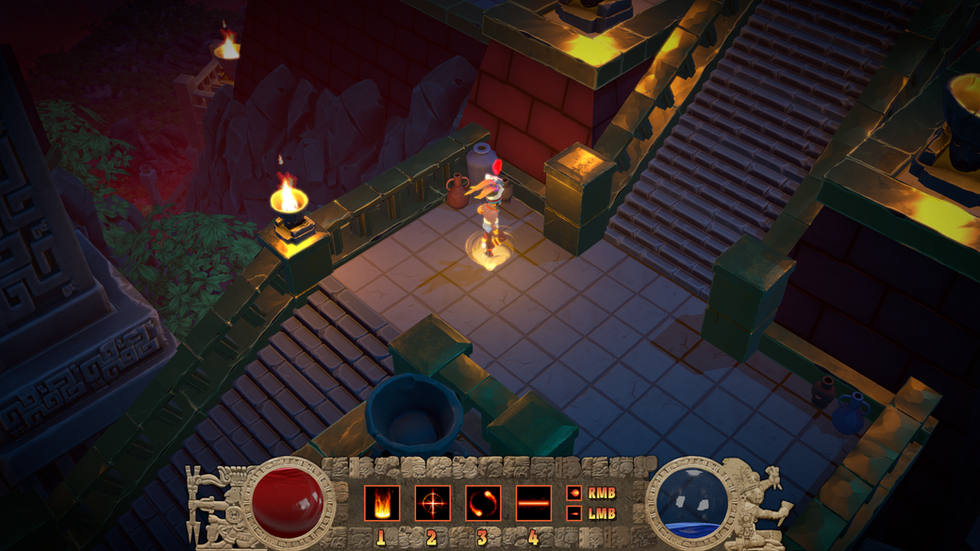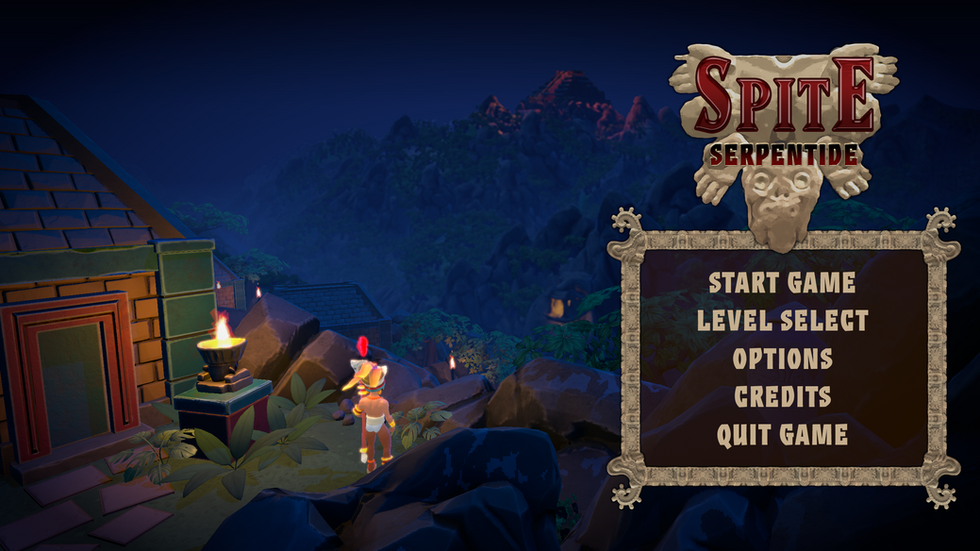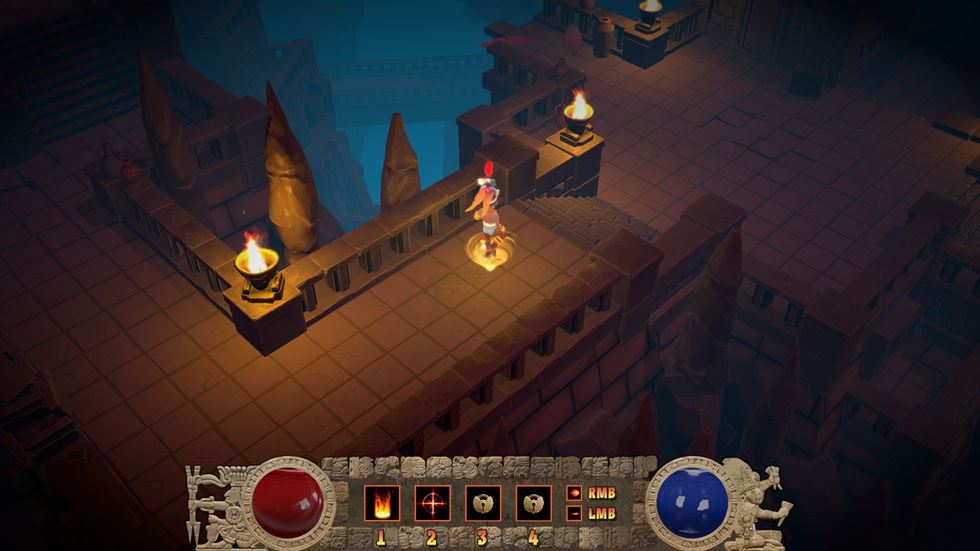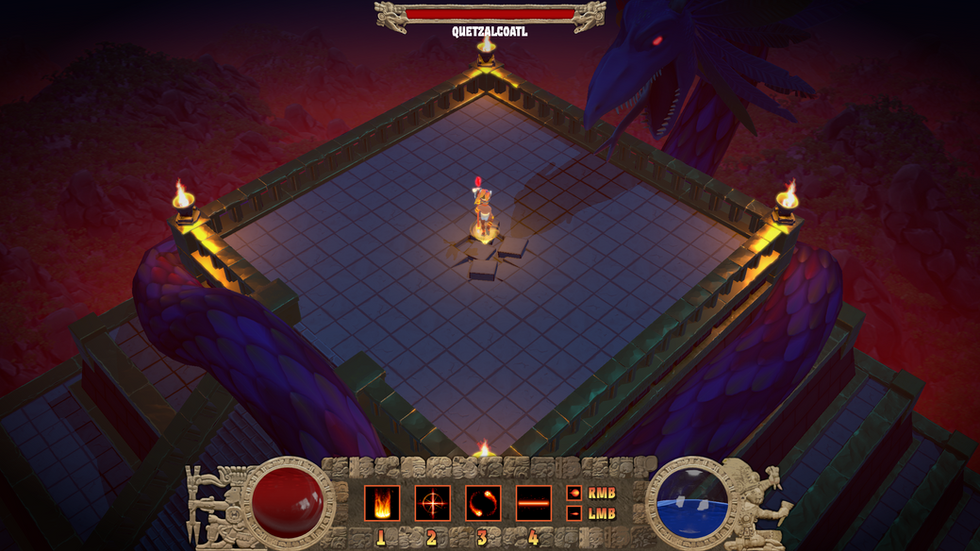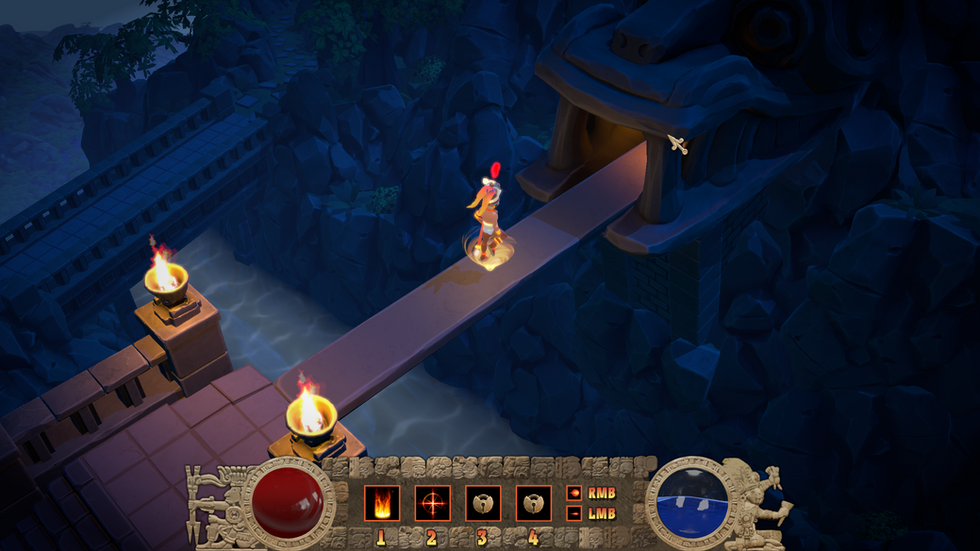Spite Serpentide - Top Down RPG
Level Design | Scripting | Level Art
Summary
In this project we were tasked with creating a Diablo III clone. Our goal as a group was to create a linear, cinematic experience for the player.
I worked very close with other disciplines and with my fellow level designer and friend Bo Steen. Bo and I constantly gave each other feedback, bounced ideas, and collaborated on making the final level for the game.
Project Breakdown
-
14 weeks half time
-
Created using Unreal Engine 4 and Katastroganoff (engine created by our programmers)
-
Responsibilities
-
Level design
-
Prototyping the entire game in Unreal Engine 4
-
Set dressing
-
Lighting
-
Backdrops
-
Programming
Benediktas Vilkelis
Emil Nygren
Perry Ivic
Theo Björkhem
Tomas Granlund
Level Design
Bo Steen
Hannes Gille
Graphics
Gustav Svensson
Kei Mak
Nikola Praizovic Hedström
Sixten Augustsson
Reflections
The value of prototyping - The game was created in an engine that our programmers developed during the project. We knew that it would take a long time for the gameplay to be ready. Therefore, I took on the challenge of creating a prototype for the game in Unreal Engine 4 so that we could start designing our levels as early as possible. We also used the prototype to test technical solutions, like door opening sequences and having a 2D skybox displayed on a big plane.
Creating depth in Top Down - The first thing we did was to play our reference game. We analysed what they did to create visual interest and concluded that an important part was to create a lot of depth in the scene. This is a challenge in the Top Down perspective as the camera is fixed and angled towards the ground. To work around this, we decided that the levels would play out high up in the mountains. To really sell the depth we built a lot of layers, everywhere from very close to the camera to very far away. However, performance was something we had to keep in mind. Therefore I created a detailed environment in Unreal Engine and rendered it to a 2D plane that was placed far away from the camera. This worked very well with the forced perspective.
The collaborative process - In this project we had a fantastic collaboration between the different disciplines. We communicated a lot and brought up concerns or problems immediately. Everyday we tried to record a GIF or take an image of what we had been working on. Seeing amazing things happening around you is one of my favourite things about game development.
